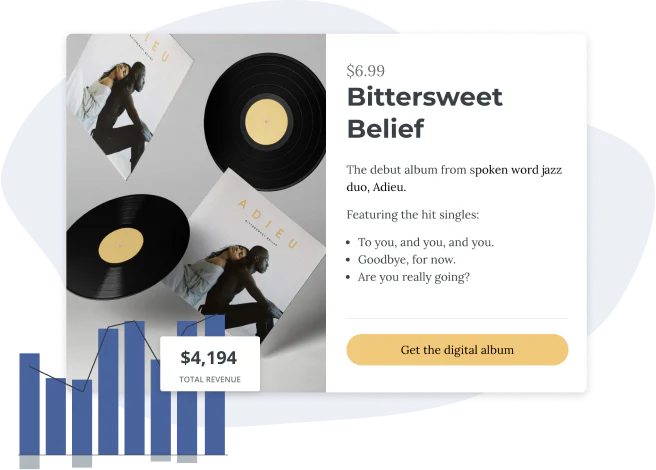How to create your 1st free or paid email course in a single weekend [template included]
Updated: August 06, 2024![How to create your 1st free or paid email course in a single weekend [template included]](https://media.kit.com/post/HERO-create-paid-email-course.jpg?fm=webp&q=50&auto=format)
16 min read

Make a living selling your work
Kit Commerce makes it easy for creators to get paid for their work and earn a living online without needing a complicated ecommerce website.
Sell digital products with Kit
Afoma Umesi
Afoma Umesi is a freelance writer for software companies and businesses in the marketing industry. When she's not tapping away at her keyboard, you'll find her reading a good book or experimenting in the kitchen. (Read more by Afoma)


